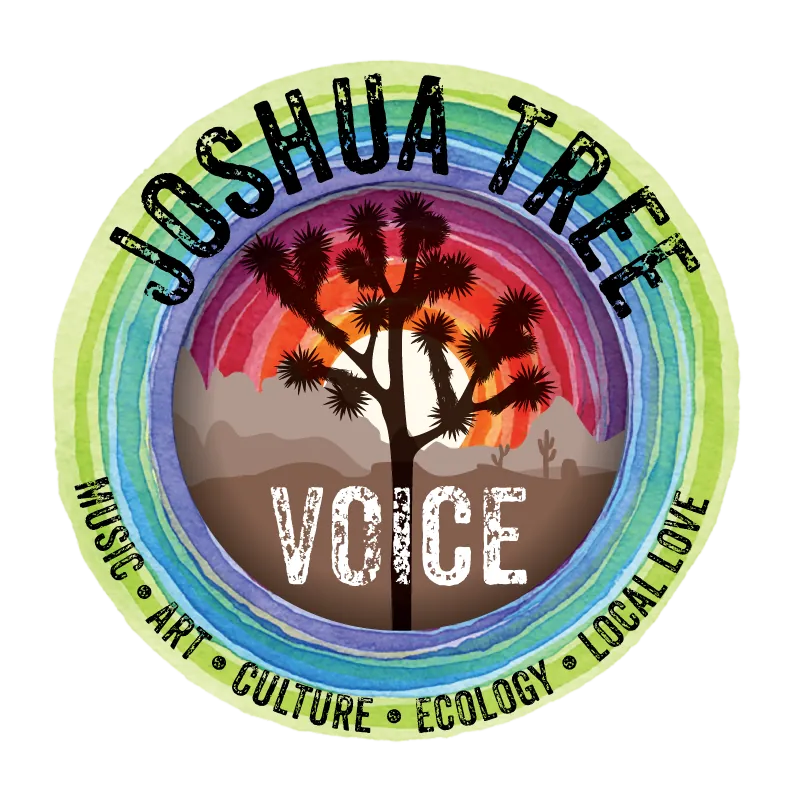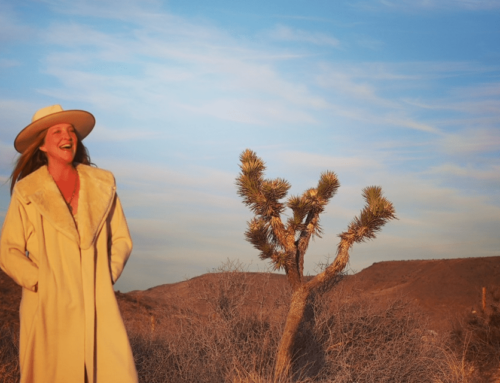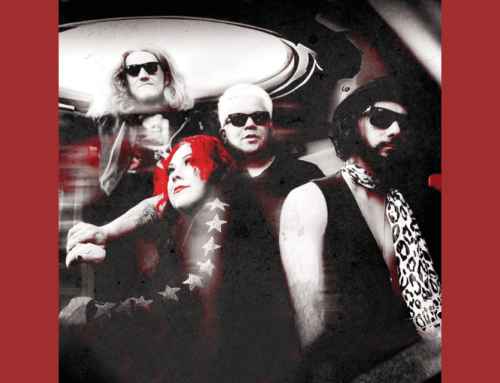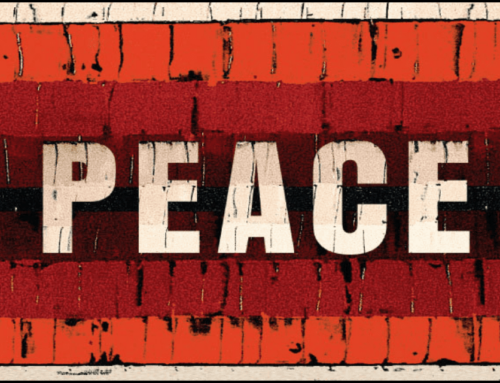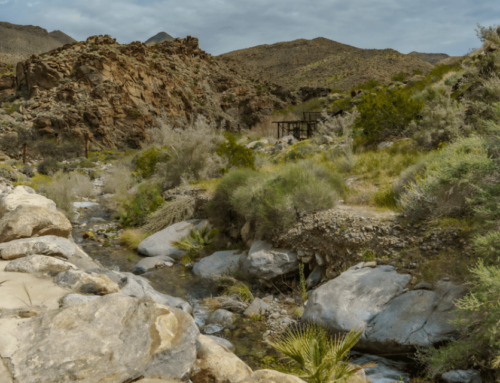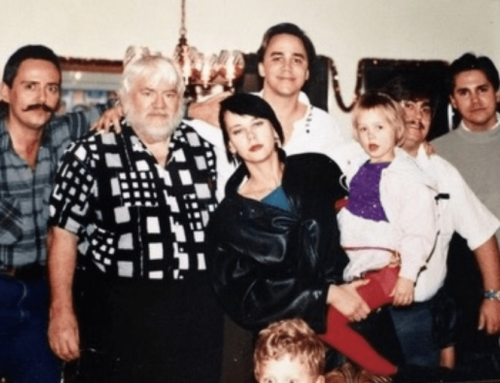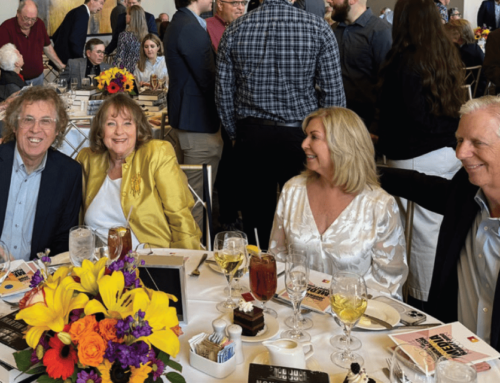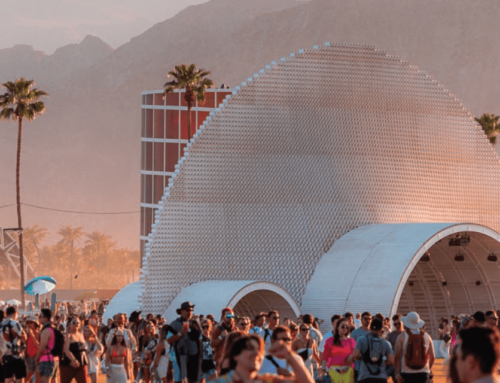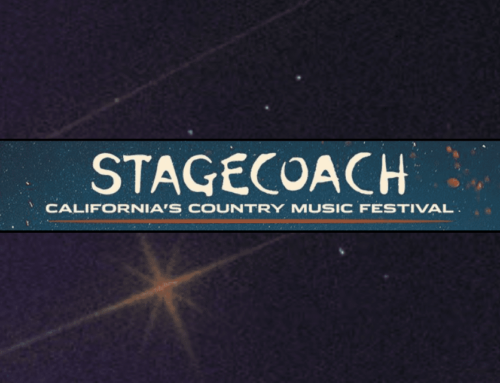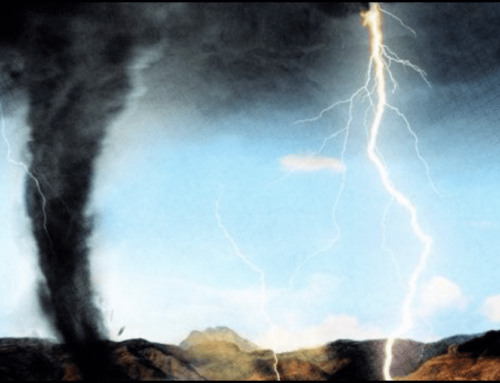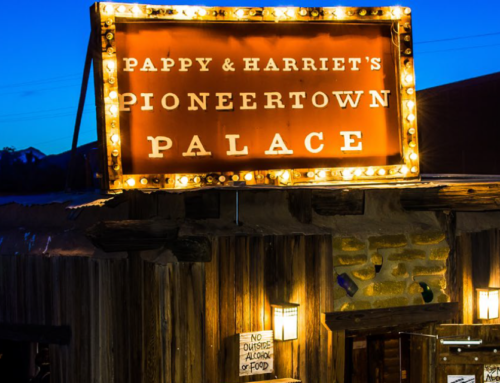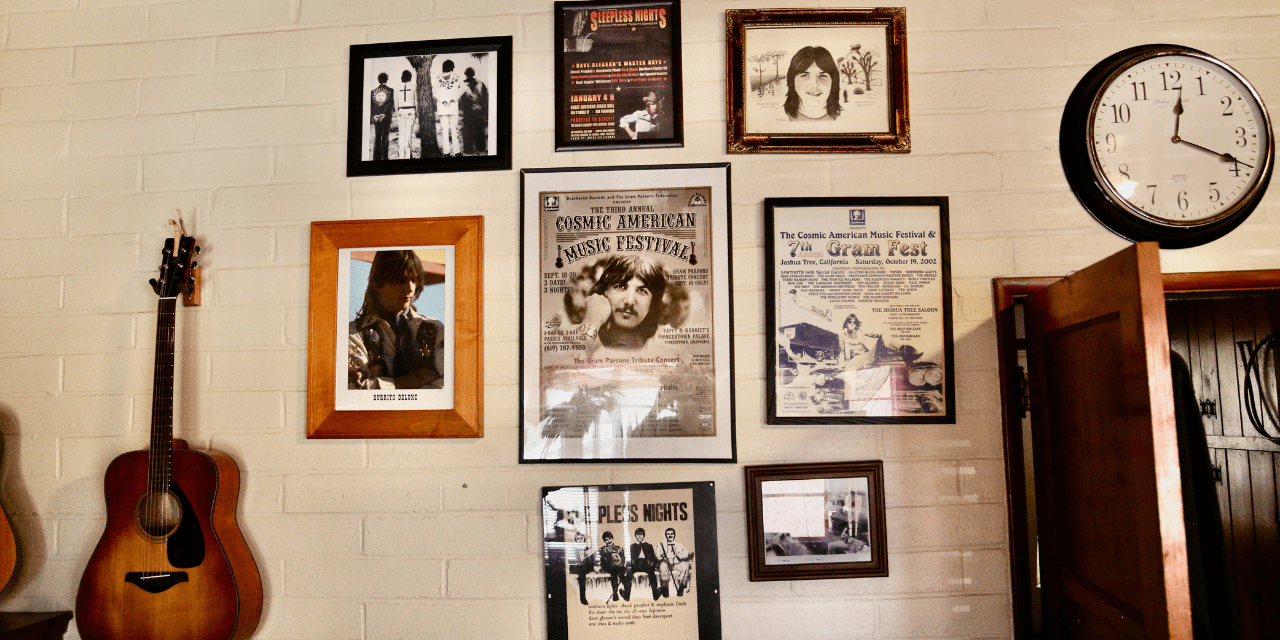
Who Was GRAM PARSONS
November 5, 1946 – September 19, 1973
By Lisa Lynn Morgan
If music was a sports team, Gram Parsons would have, hands down, won the most inspirational player. But what he really wanted was MVP. The charismatic Parsons influenced so much of what we know today as alternative country rock yet never quite hit his stride before overdosing on… well, a lot of things.
Parsons lived in Los Angeles and frequented venues like the Palomino, a place that held artists like George Jones and Buck Owens in the highest regard, which was just fine with him. Nudie suits, unique, extravagant suits tailored by Nudie Cohn, were a symbol for country music at the time. Gram, as with everything else, put his own spin his, having it adorned with poppies, marijuana leaves, and other symbols of drug culture, a culture not embraced by traditionalists. It was hard to tell if Parsons was trying to put rock and roll into his country music or country music into his rock and roll, but the result was timeless music, and a million people enjoying the influence.
When he joined The Byrds at the peak of their popularity, he bought them all Nudie suits and somehow convinced them to go off brand and record the album, “Sweethearts of the Rodeo.” The album was not well received upon release. It wasn’t until much later that the album received the appreciation it deserved, and Parsons eventually became identified as the genre bender he was.
Emmy Lou Harris was brought to the world’s attention through Parsons. Their vocal blend was iconic. Songs like “Love Hurts” seem to reveal a tender and tuned relationship between the two.

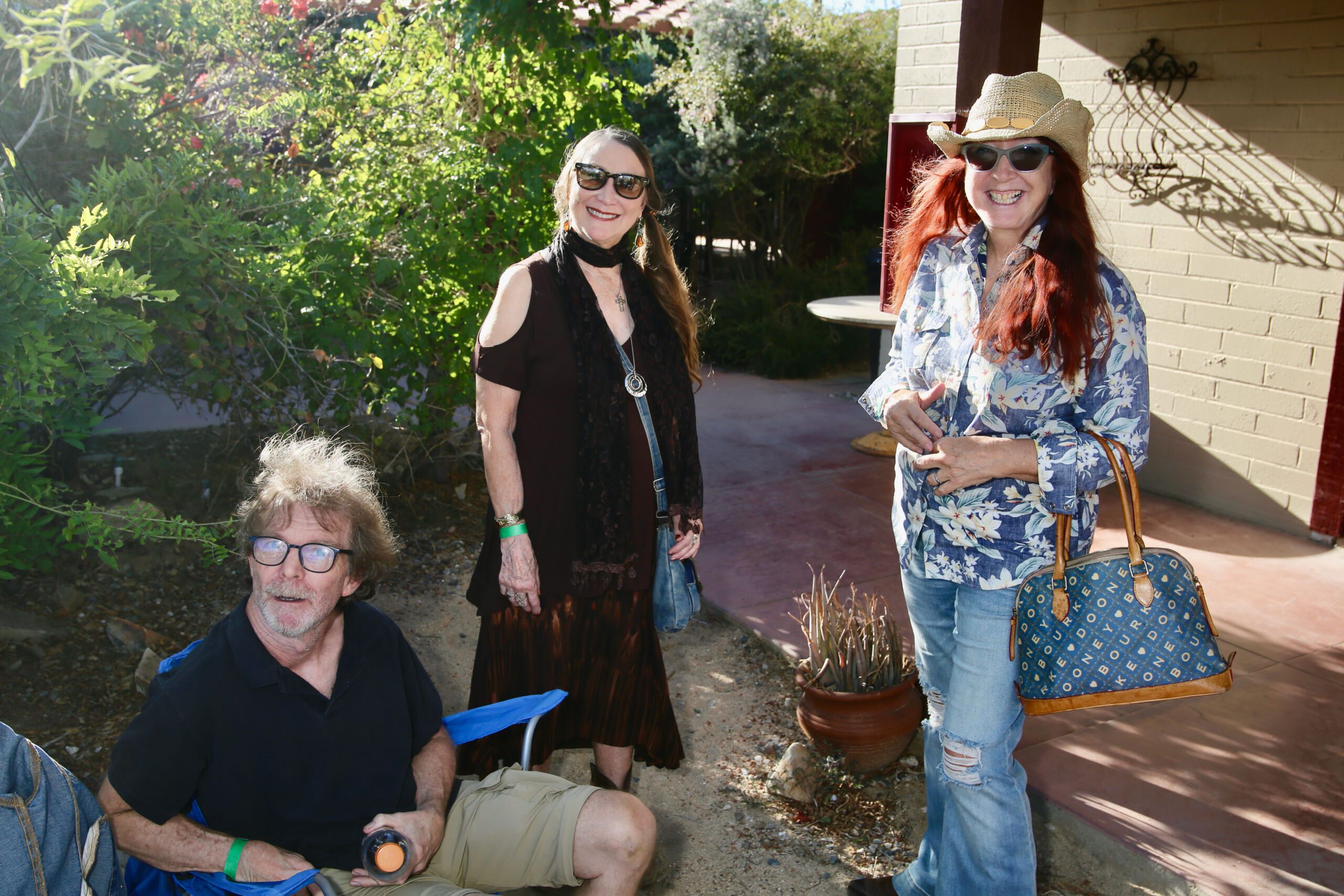
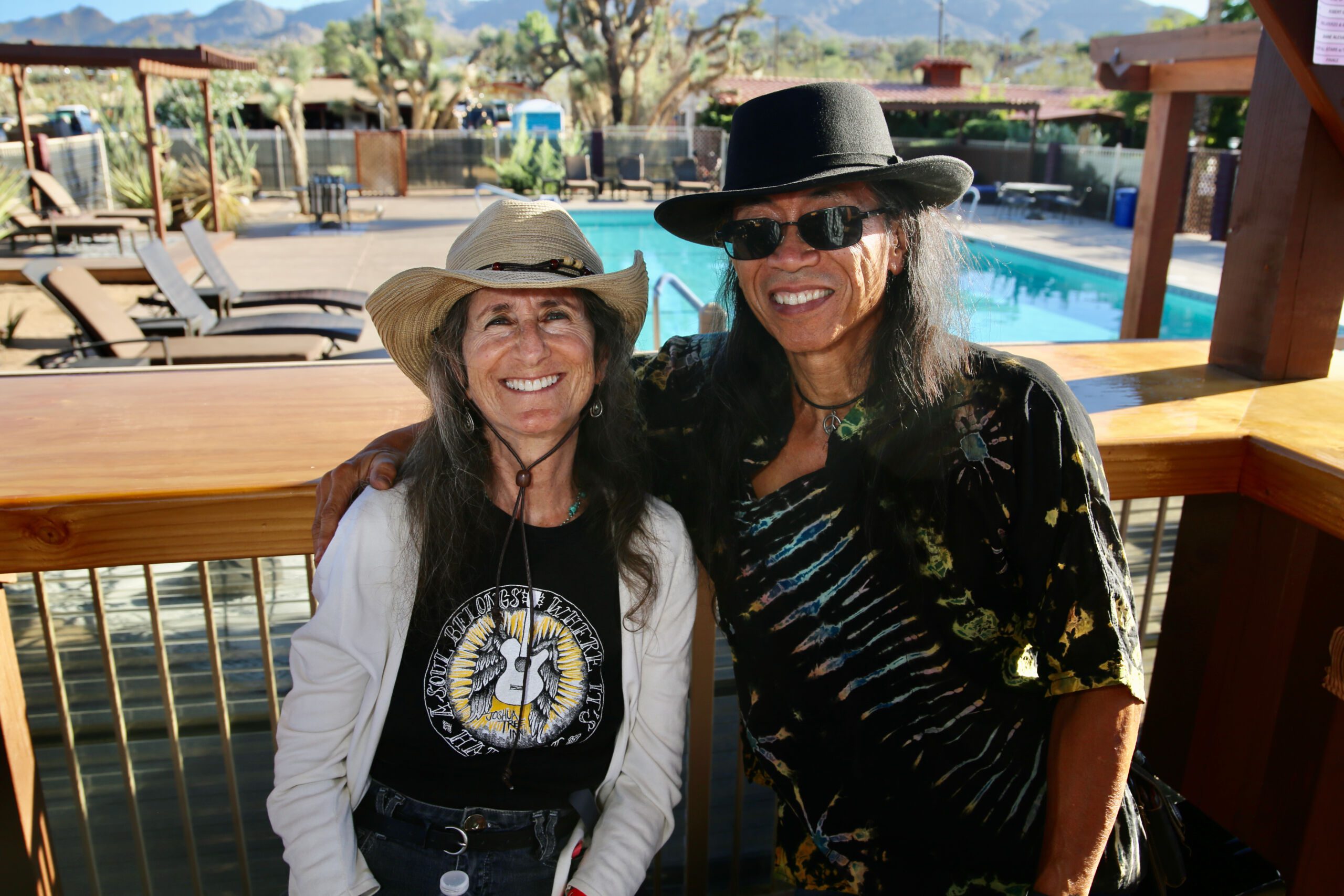
Keith Richards and Parsons also grew a tight relationship, and Parsons’ influence on the Rolling Stones is evident when you hear their songs “Let it Bleed,” or “Wild Horses.” Parsons was a great source of Americana culture for the Stones.
This was an era when you could hear a guitar in every room of the Joshua Tree Inn. Parsons and Richards were often one of them. Musicians would make a pilgrimage to the Inn and then to the National Park, often drug inspired, and the music from these rooms would drift into the courtyard.
September 19, 1973, after a night at the Copper Room (then known as The Red Baron), Parsons returned to his room at the Joshua Tree Inn and added morphine to his already heavily mixed drug and alcohol cocktail. Varying accounts of what happened next all include attempts to revive Parsons until he slowly stopped breathing. While his music lives on, one has to wonder, what music died with him?
Things got a little weird after his passing. He left behind a best friend and manager, Phil Kauffman, with whom he made a pact that upon the other’s passing, remains would be returned to Joshua Tree National Park. However, when Parsons passed, other plans were being made to fly his remains back east. Kauffman and Parsons’ assistant, Michael Martin, posed as mortuary workers and confiscated Parsons’ body, casket and all, taking it back to his favorite place in the park, Cap Rock. With a five-gallon tank of gasoline, they set it ablaze. Law Enforcement pulled up almost immediately, and after the fireball had been extinguished, only approximately 30% of his body was burned.

A lot of work has gone into maintaining the Inn that was built three years after Parsons was born (1949). A shrine still stands in honor of the musician in the Inn’s courtyard, and a monument has been installed near Cap Rock with a quote from Kieth Richards (taken from a Rolling Stone article in 2010):
“I think he was just getting into his stride when he died. His actual output – the number of records he made and sold – was minimal. But his effect on country music is enormous. This is why we’re talking about him now. But we can’t know what its full impact could have been.”
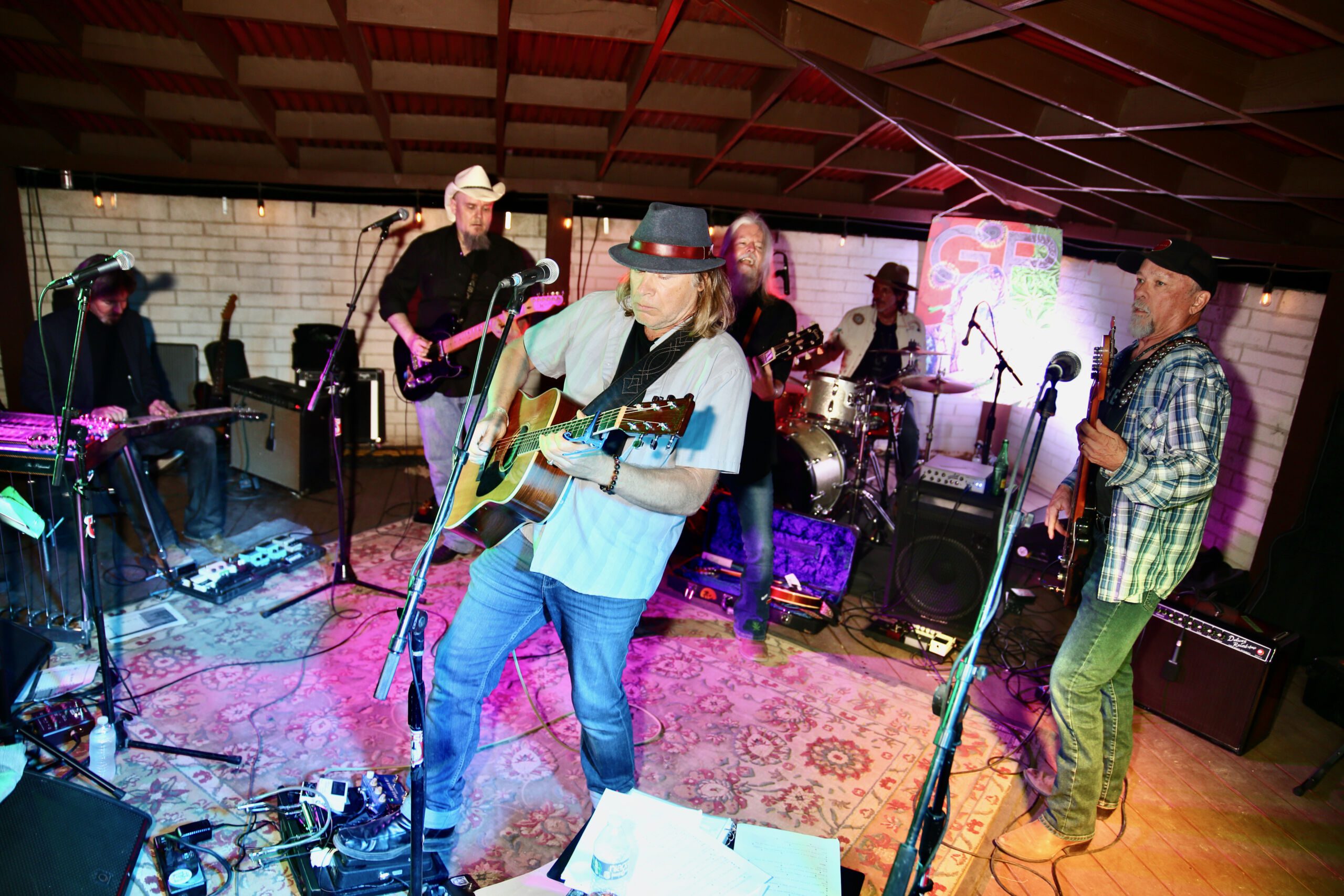
50 years after his death, hundreds gathered at the Joshua Tree Inn for Gram Fest. Musicians and fans came from near and far for the September 17th event to celebrate Parsons’ life, including Phil Kauffman. “Gram and I went out there (Joshua Tree National Park),” Kauffman shared to the crowd, “and he said to me, ‘Promise me, if I die, you’ll take me out to Joshua Tree and set my spirit out into the desert.’ Well, it’s fifty years later, and we succeeded.”
Photos by Billy Folsom
